I’ve always been fascinated by the mysterious practice of alchemy. It is a process that attempts to transform base metals such as lead or copper into silver or gold, discover a cure for disease, and extend life. I’ve encountered alchemy in the writings of Carl Jung (a deep thinker), Paulo Coelho (a bit shallow), Gabriel García Márquez (a magical romp), and numerous painters, including Vasari and Galle.
For this post, I reference the definition of alchemy as a seemingly magical power or process of transmuting, to change from one form, nature, or state into another. I am referring to the process that transforms the green leaves of summer into hues of gold in autumn, and that transforms a human life from the greenness of youth into the golden years of the second half of life.
Alchemy In Nature. One of my childhood poems is called September. Here are the opening lines.
The golden-rod is yellow;
-Helen Hunt Jackson
The corn is turning brown;
The trees in apple orchards,
With fruit are bending down.
Most of humanity is not connected to nature like we once were. We live sterilized lives inside walls, roofs, and cars with heating to deal with the cold of winter, air conditioning to dissipate summer heat, and electricity to stave off the darkness of night. We have fled the natural world. This truth hit me when we moved to our wilderness farm. I was forced to confront nature for the first time—her fickle whims and chaotic seasons. At times, it was terrifying but always life-giving.
At the farm and now in Spain, Gina and I use air conditioning only when necessary in July and August; we dry our clothes outside, open our expansive windows wide, have coffee and cocktails on our terrace, and choose not to own a car. Walking is our preferred method of movement from one place to another. We choose to live with nature, enjoying the change of seasons and experiencing them up close and personal. Occasional physical discomfort is worth the sensory exchange.
We also eat seasonal food from the local farmer’s market and the garden. Artichokes, eggplant, and autumn treasures such as chestnuts, green beans, and quince are foods we never consumed in America but have become delicious staples of our Spanish diet. If forced to go to the supermarket, whenever possible, we choose food with three ingredients or fewer, spurning the additives that dilute flavors and nutritional value.
We’ve learned that seafood is best in months that end in “r.” In Spain, as in America, spectacular mussels, scallops, cockles, red prawns, lobsters, and octopuses are best in September, October, and November.
As I commune with nature, living not on the land but with the land, it dawned on me that the holy days of religion had been stolen. They were copied from ancient “pagan” celebrations of nature, the transformations of seasons, the vernal and autumnal equinox, and the summer and winter solstice.
I understood better the original “gods” Dionysus, Janus, Diana, and Eostre and the ancient festivals Saturnalia, Festival of the Sun God, Midsomer, and Feralia. The celebration of Maia (a god and festival associated with the element of fire and fertility) on the first day of May, my birthday, is particularly meaningful and symbolic.
Dionysus became my “god” model rather than the much younger Jesus Christ. Both fictional, Dionysus was a god of the land, of the vine, of revelry and fertility, and of ecstatic rituals. Jesus Christ opposed almost everything Dionysus championed. Christ was a god of the heavens, of moderation, asexuality, and religious rules.
The myth of Christ says he did not return to the land when he died but was placed on a rock aboveground in a cave, leaving “sinful” humanity to return to the glory of the heavens. In her thought-provoking book The Flowering Wand, Sophie Strand imagines a scenario where Dionysus takes Jesus Christ from the tomb and buries him in an earthen grave deep in the ground, forcing Christ to become one with the earth rather than forsaking it and fleeing back to the heavens. I cannot do Ms. Strand’s words justice here. It is one of the most profound passages I’ve ever read.
If Spring is my favorite season (minus my horrendous allergies), then Autumn is my most reflective. The events I missed most during my two decades in Florida were the soothing chill of Autumn and the colorful display of foliage during the alchemy of Autumn. As I looked through my gallery, I was surprised by the number of paintings that portrayed the season the Spanish call Otoño. I have included them below.
Alchemy In Humanity. In my book The Quest, I theorize the four stages (seasons) of life:
- Spring: Childhood (age 0 to ~25) Development Stage
- Summer: First Adulthood (age ~25 to ~50) Establishment Stage
- Autumn: Second Adulthood (age ~50 to ~75) Enjoyment Stage
- Winter: Elderhood (age ~75 to ?) Enlightenment Stage
At age sixty-six, I am past the midpoint in Second Adulthood. I am in the golden years of Autumn, the years of enjoyment, fast approaching the winter years of Elderhood, the years of enlightenment. Even though I feel decades younger mentally, the mirror, who was once a friend, now regards me with indifference. Young people stand to give me their seats on the metro and bus. Sometimes, it seems like life is running through my hands like water. Yet, I hold on to other moments with all my strength. Every day, every minute is precious. Winter is coming.
On a positive note, I have learned much—mostly the hard way, but I have learned. No longer “green behind the ears,” I have transmuted to the golden age. I regret a few things, but I repent nothing. Spring, the season of development, and Summer, the season of establishment, have resulted in the alchemy of Autumn, the season of enjoyment. I feel lucky to actually practice what I preach. In my personal Quest, I have discovered a way to enjoy life.
Spain, Barcelona, and life with Gina bring me joy. Writing, reading, painting, drawing, running, sex, tantra, meditation, psychedelics, eating, drinking, and traveling bring me joy. The Autumn of life is to be enjoyed. Joy creates an alchemical reaction that extends one’s years. For many medical experts, a life of joy is like a miracle cure for myriad diseases. Perhaps there is more reality to alchemy than we know.
Last week, at the beginning of harvest, the day before the autumnal equinox, our guide Estrela, at Castillo de Mendoza in the wine region of La Rioja, told us that once the grapes are picked, the leaves begin a magical transformation from green to vivid hues of orange and gold. What a perfect illustration. The world is harvesting the fruits of our labor and benefiting; now is the joyful season—the time to transform into a beautiful multi-hued leaf, fully alive, that exudes beauty for all to see.
If the fates allow, winter, the climactic stage of enlightenment, the holy grail of wholeness, will come. But for now, let’s acknowledge, celebrate, and experience the alchemy of Autumn in nature and humanity.
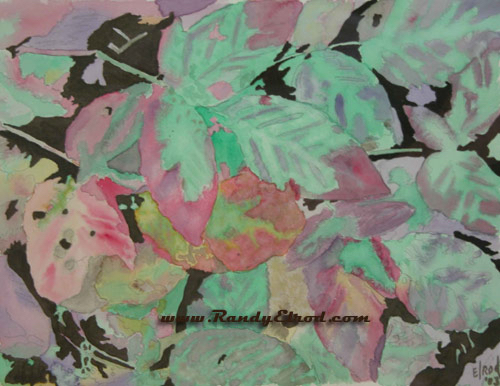
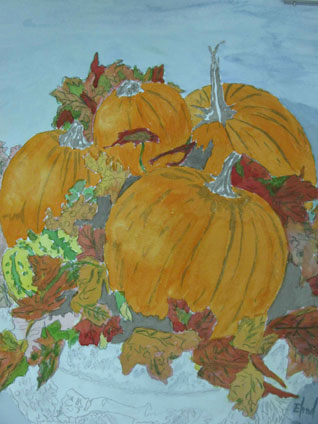
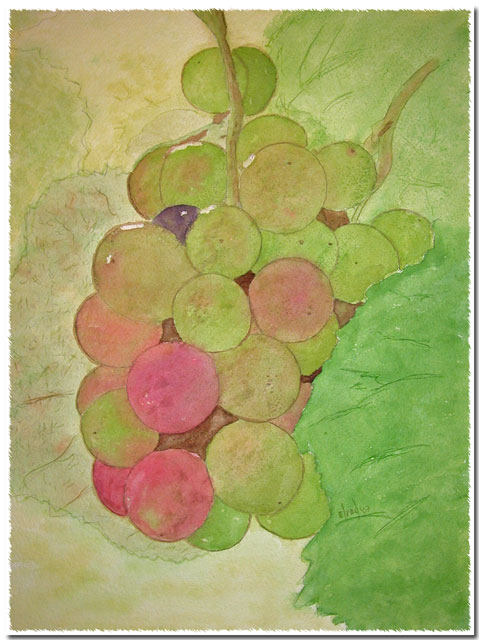
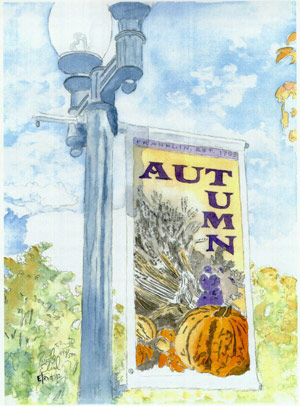
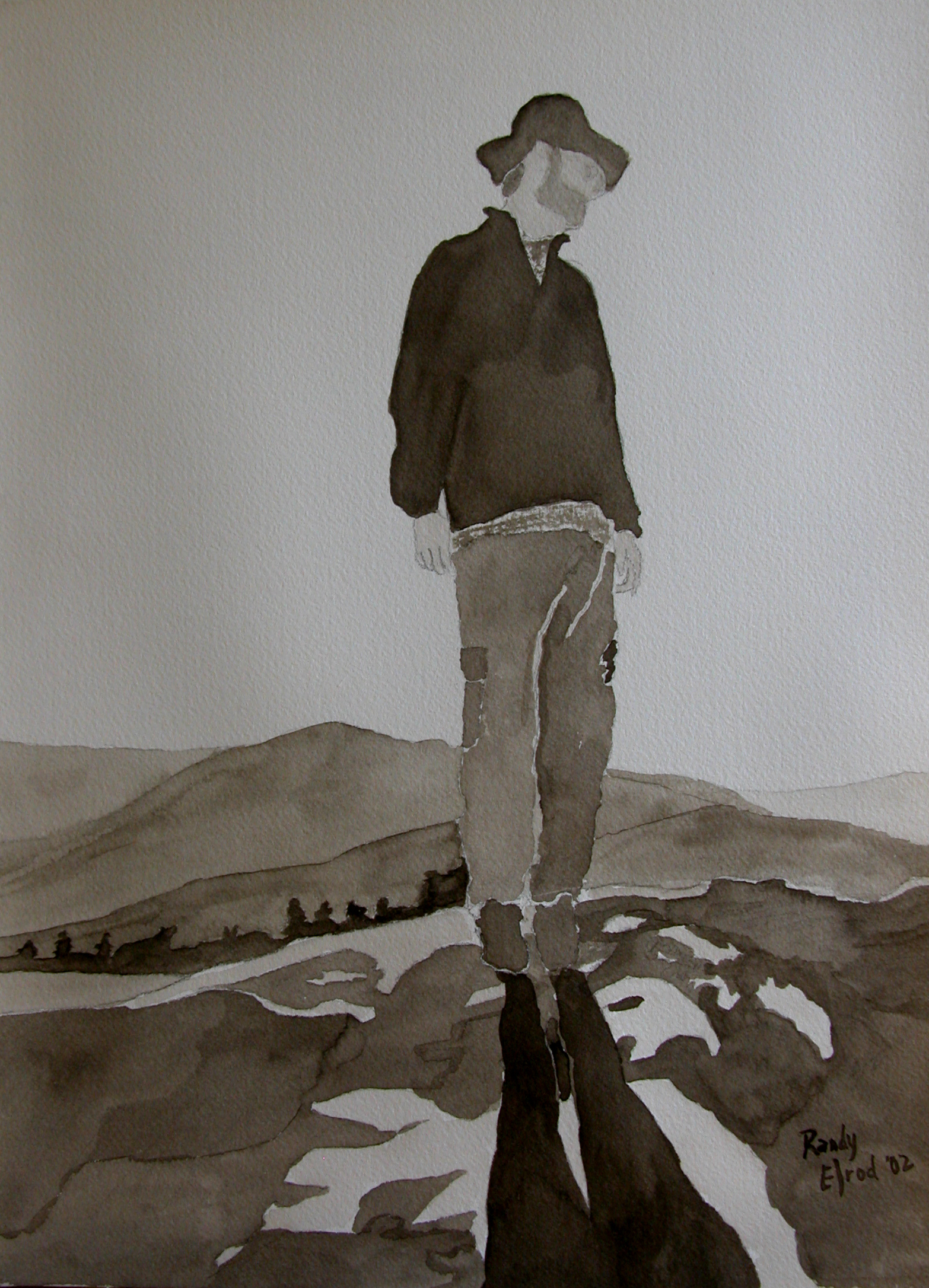
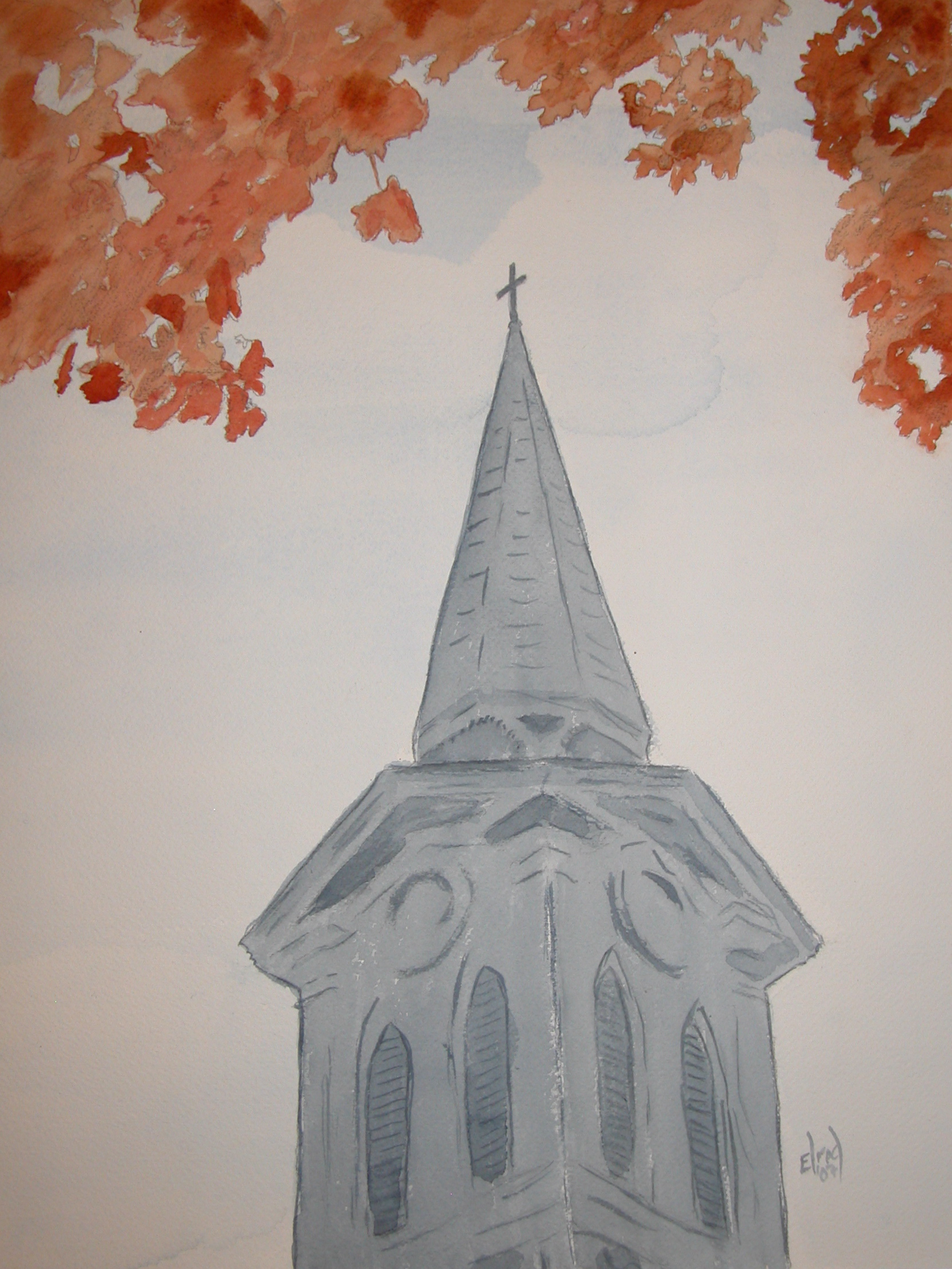
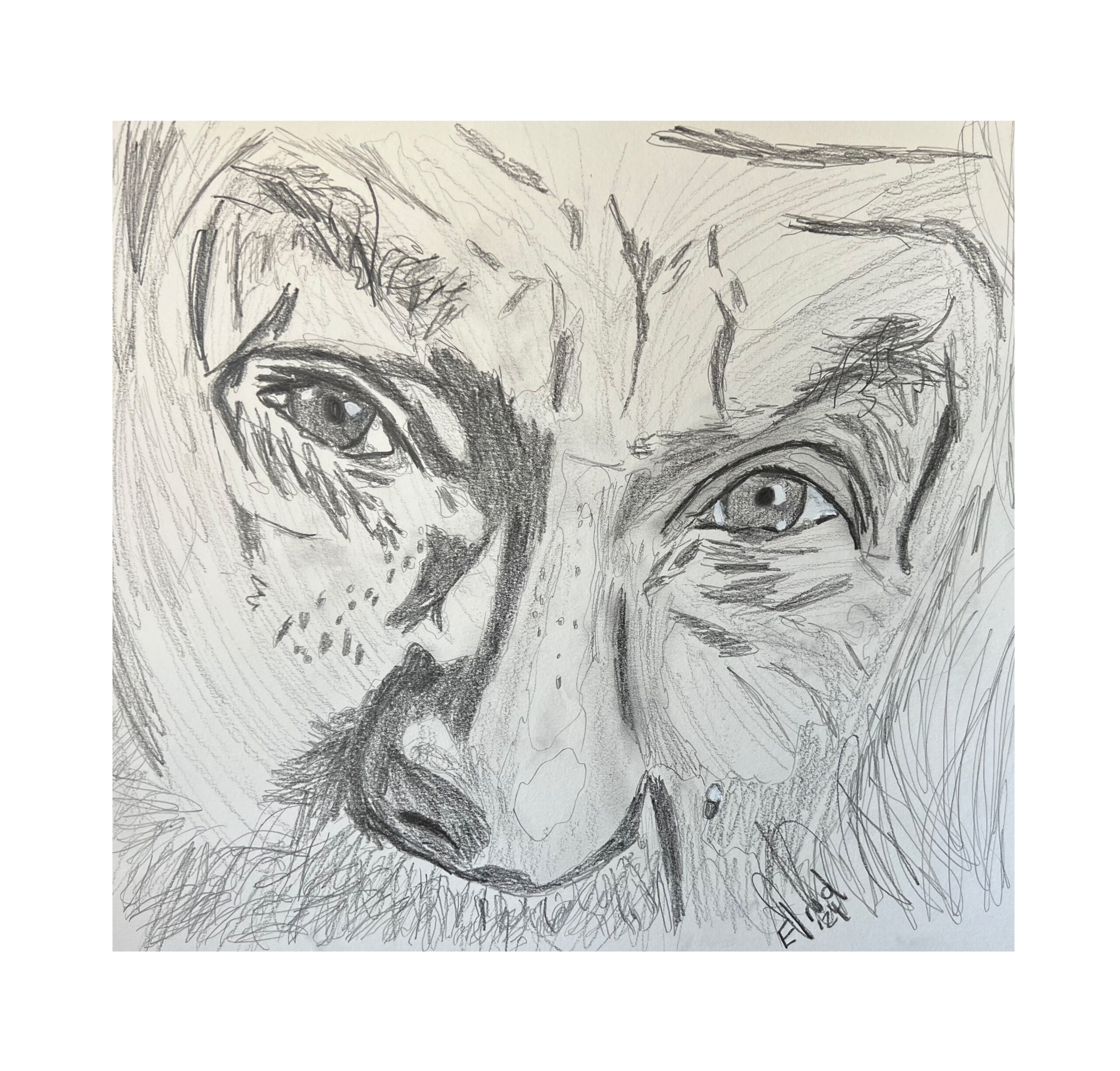
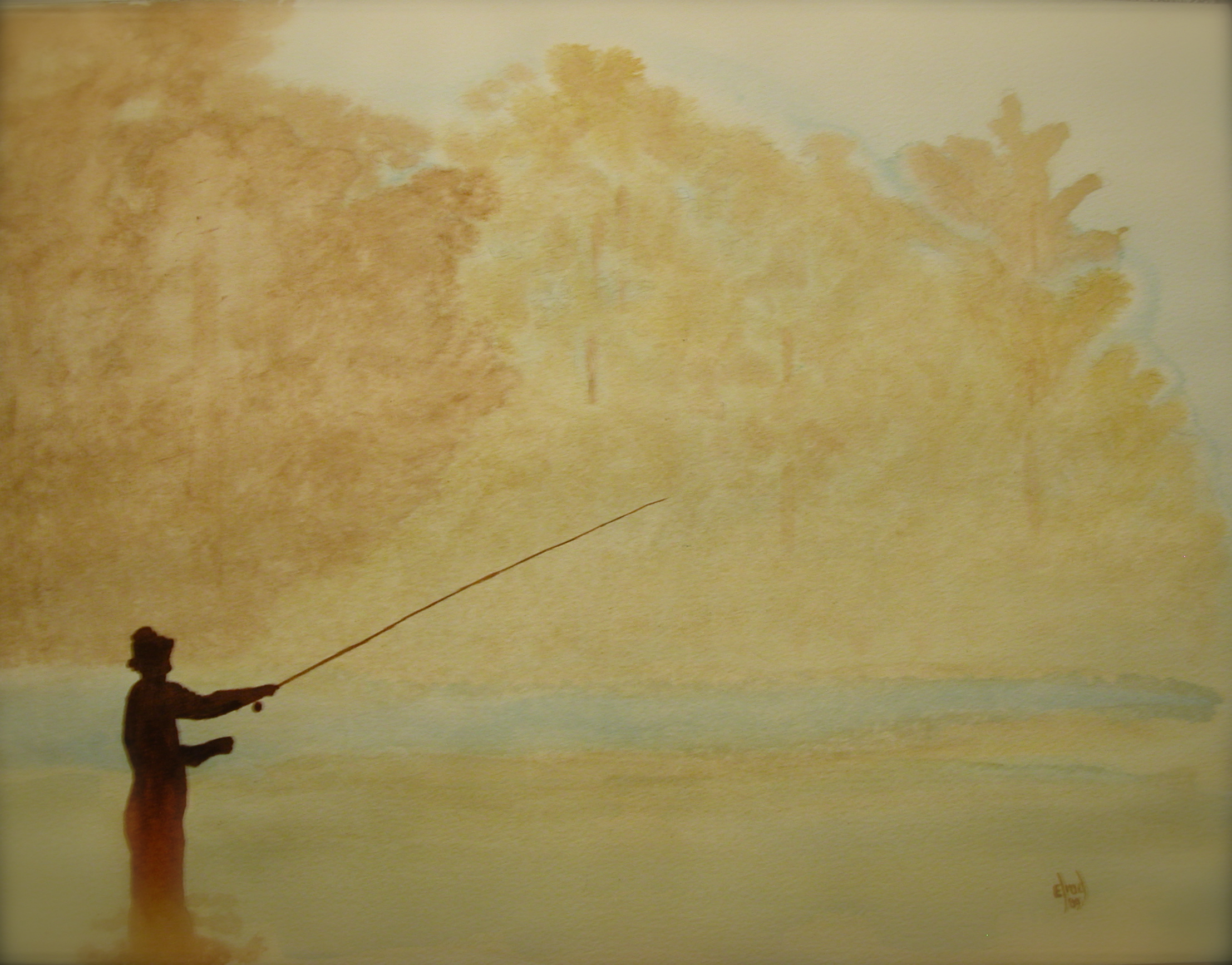
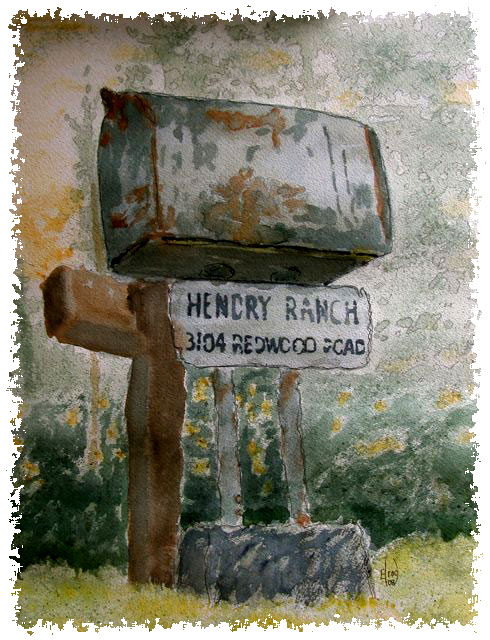
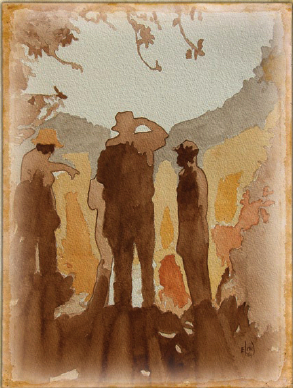
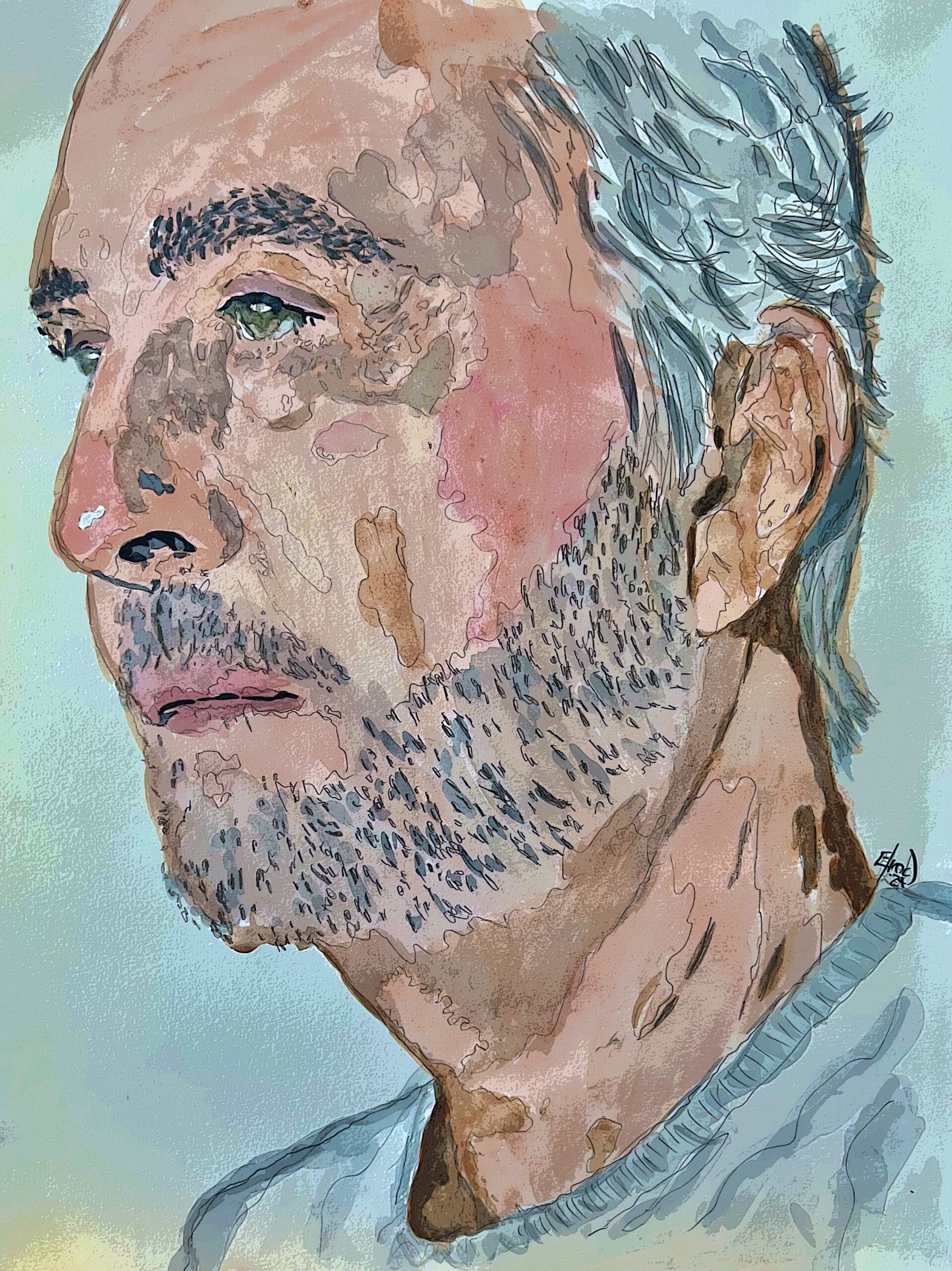
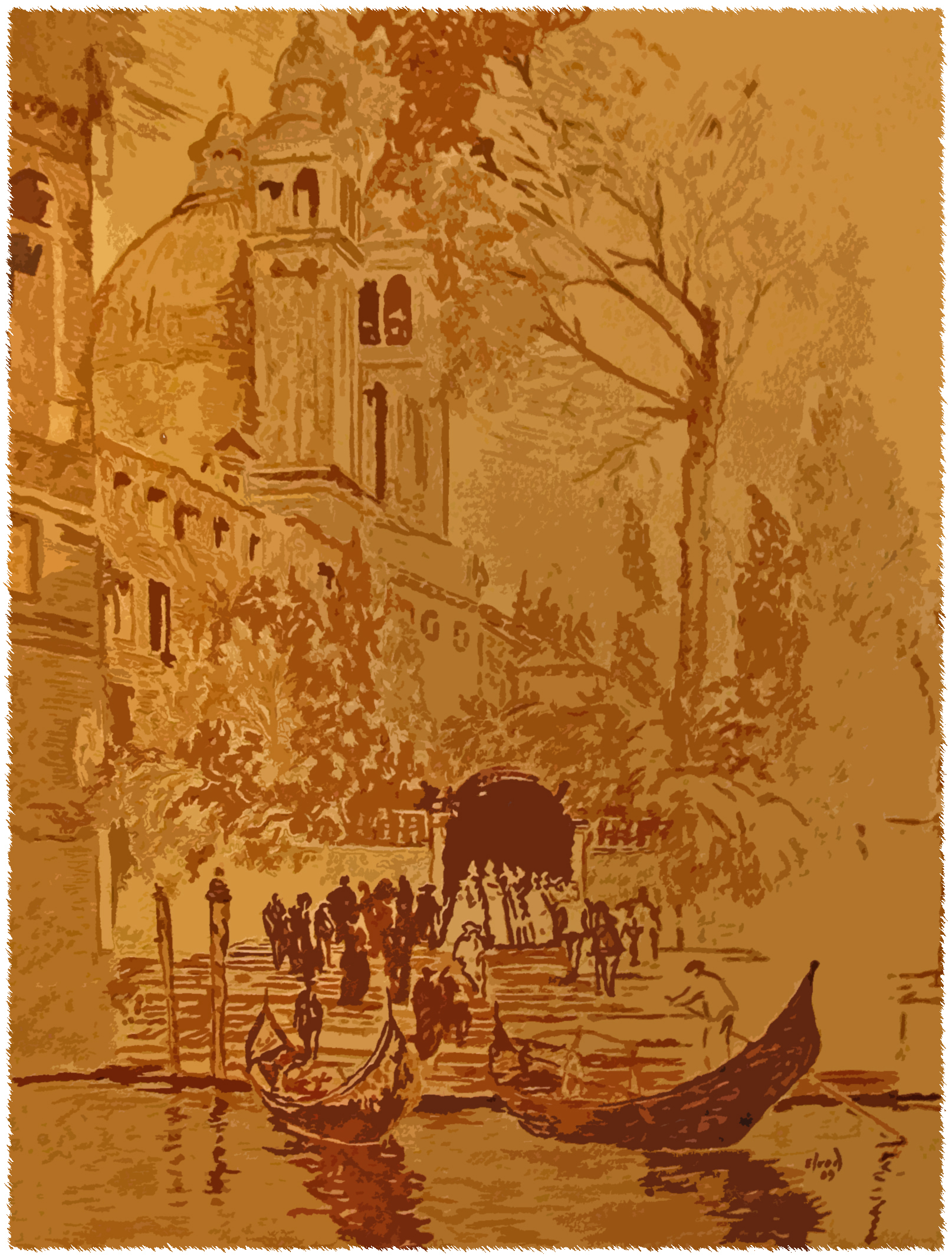
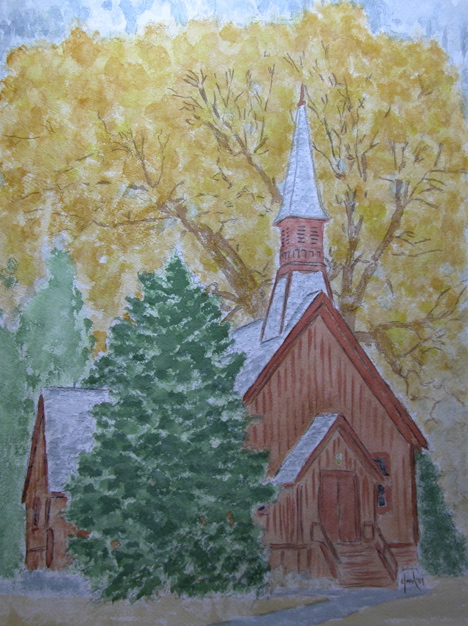
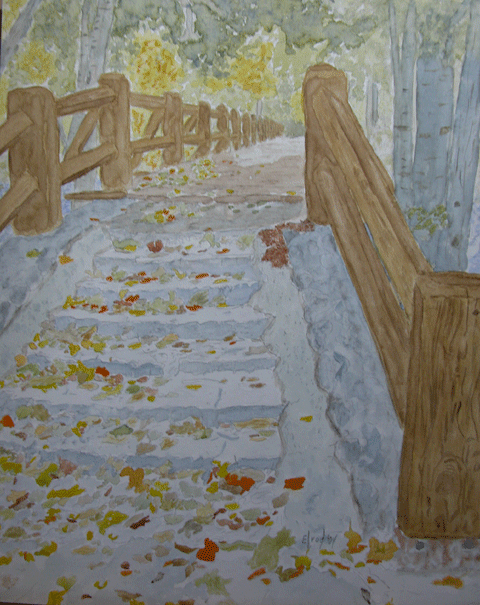
Leave a Reply